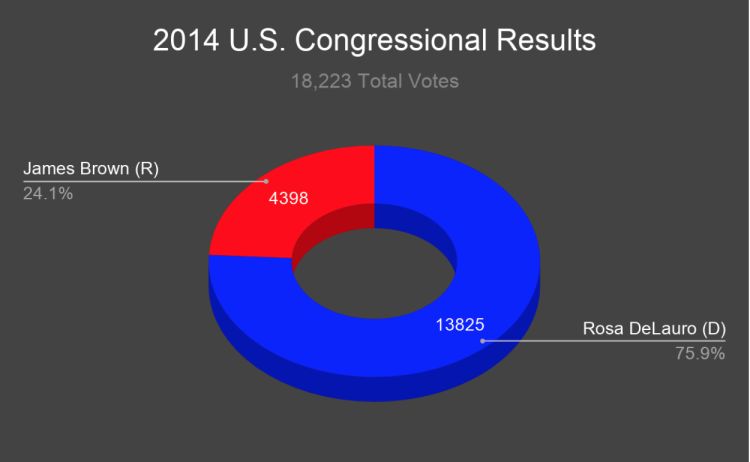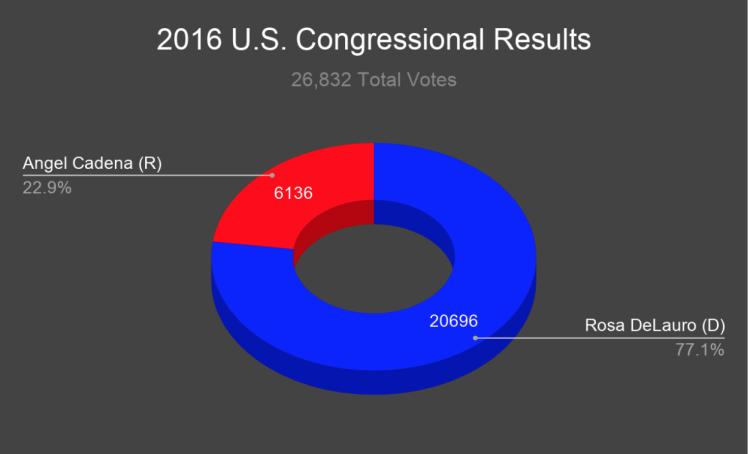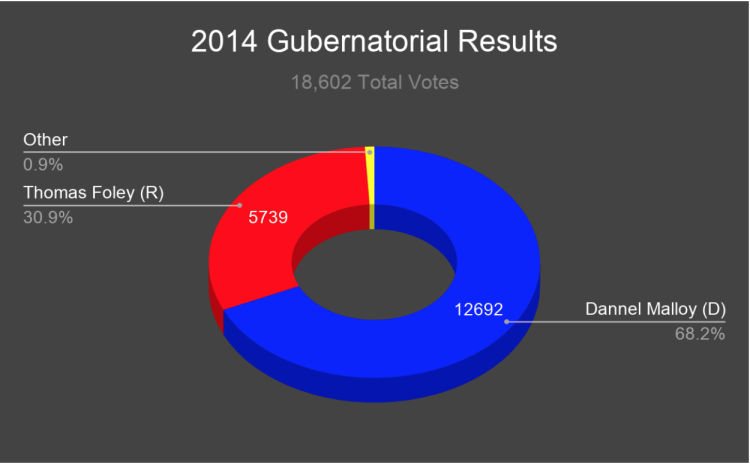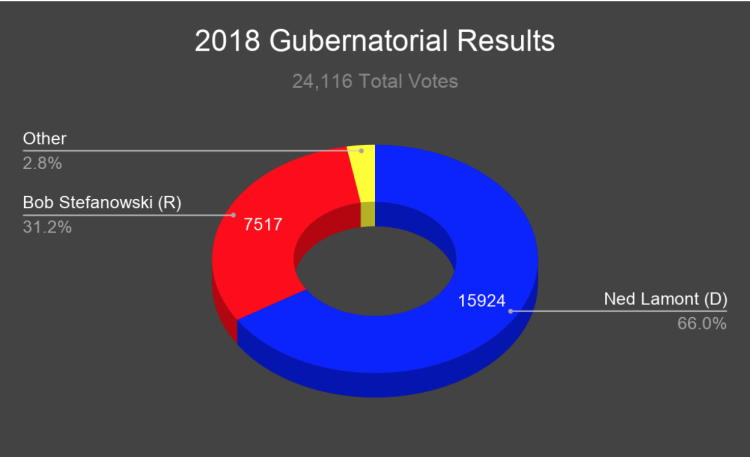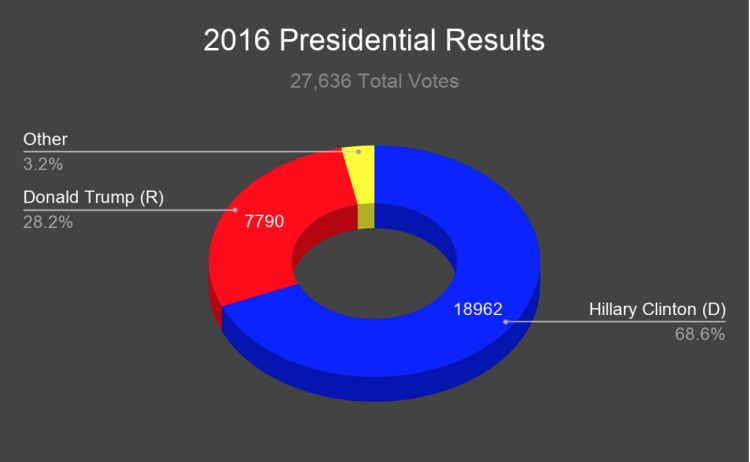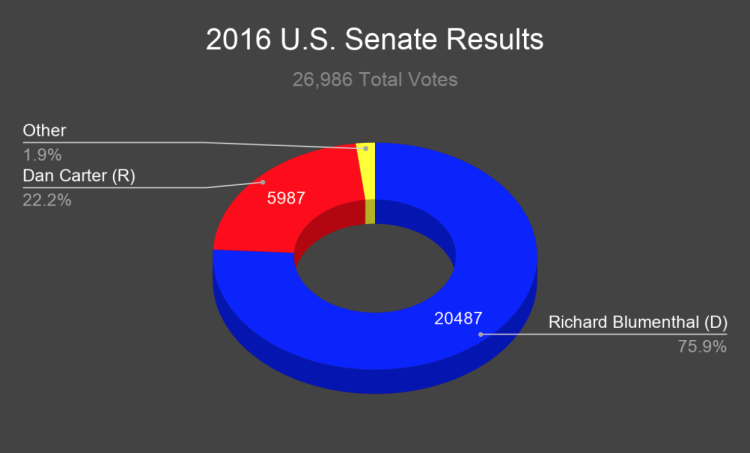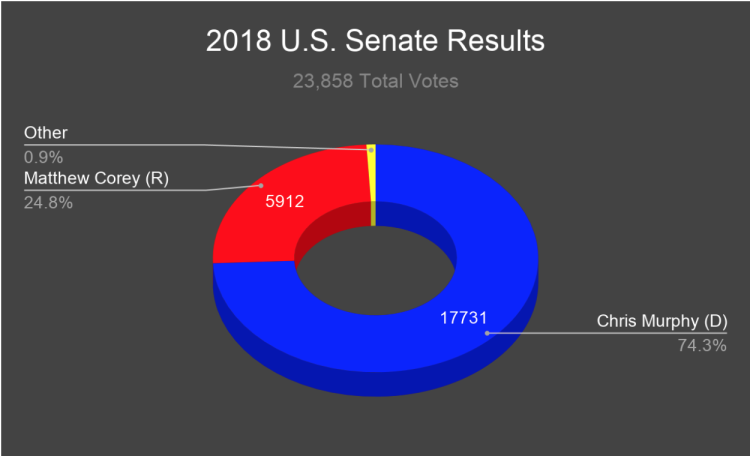Hamden voter evolution: What the midterms told us
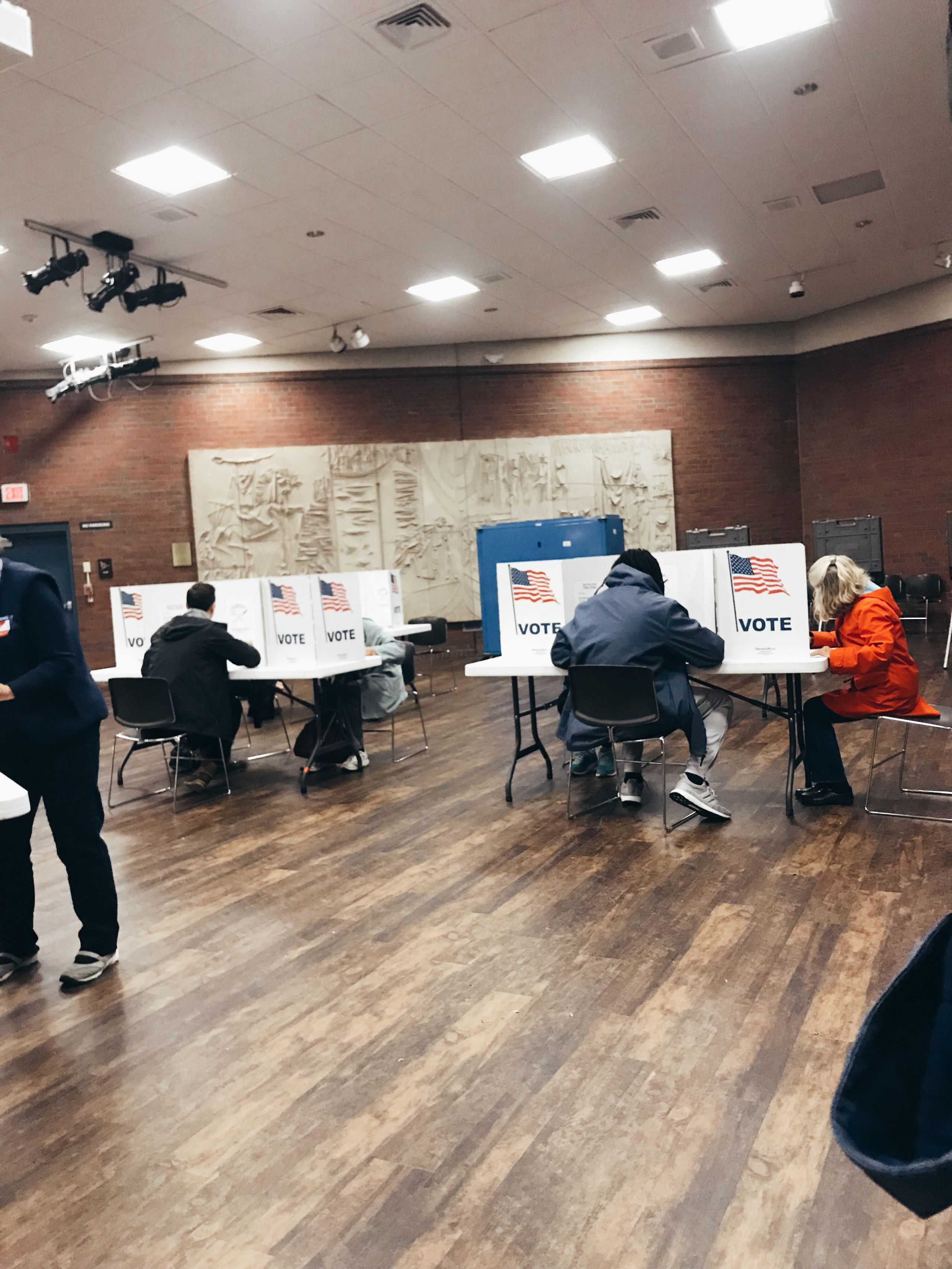
Even though Connecticut Democrats ultimately swept the races for federal office as well as the governor's race, the state as a whole shifted right, the splits more closely resembling pre-Trump elections.
Hamden, though the town's proximity to New Haven makes it reliably blue, saw a similar, albeit smaller shift.
The charts show how Hamden has voted since 2014.
Voter turnout predictably peaked for the 2016 presidential election, but it was no help to the GOP.
That year, likely due to President Donald Trump's candidacy, Republican candidates for federal offfice won their lowest percentage of Hamden voters out of the past three elections.
Turnout remained high in 2018, though not quite as high as 2016.
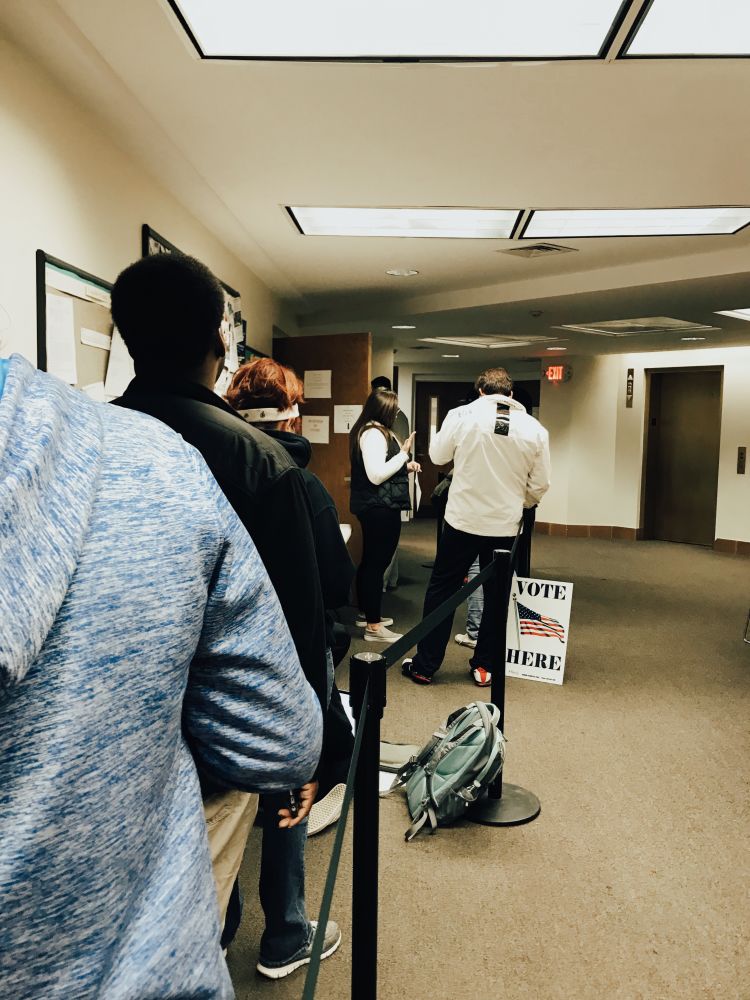
Election day voter registration at Hamden Town Hall and Government Center. Photo by Mackenzie Campbell.
Election day voter registration at Hamden Town Hall and Government Center. Photo by Mackenzie Campbell.
This year, over 67 percent of Hamden's registered voters showed up at the polls, compared to approximately 73 percent in 2016 and only about 54 percent in 2014.
However, this time, the greater turnout didn't overwhelmingly favor the Democrats.
Every single Republican candidate outperformed their party's Hamden numbers from two years ago. In the governor's race, Bob Stefanowski fared even better than Thomas Foley did in 2014.
That race, between Stefanowski and the eventual winner, the Democrat, Ned Lamont, was Hamden's closest, with Lamont finishing 34.8 percentage points ahead of Stefanowski.
Statewide, Lamont won by just over three percentage points, a similar split to the 2014 race between outgoing Democratic Governor Dannel Malloy and his Republican challenger Foley.
In comparison, in the 2016 presidential race, Hillary Clinton won Connecticut by about 13 percentage points and Hamden by 40.4.
Though Lamont recieved 66 percent of the vote in Hamden, that was a significant drop off from senate candidate Chris Murphy's 74.3 percent and congressional candidate Rosa DeLauro's 76.4 percent.

Hamden voters lined up at the polls on Election Day. Photo by Aaron Robinson.
Hamden voters lined up at the polls on Election Day. Photo by Aaron Robinson.
Interestingly, over the past six years, GOP candidates for governor and president have consistently performed about 6.5 percentage points higher in Hamden than the party's other candidates vying for the Senate and House did in the town.
While in 2016 it seemed Hamden's politics were decidedly anti-Trump and moving further left, the shift back to the GOP could signal that was an outlier and that the President's popularity may be growing.
The picture will become clearer in 2020, when Trump's name once again appears on the ballot.

